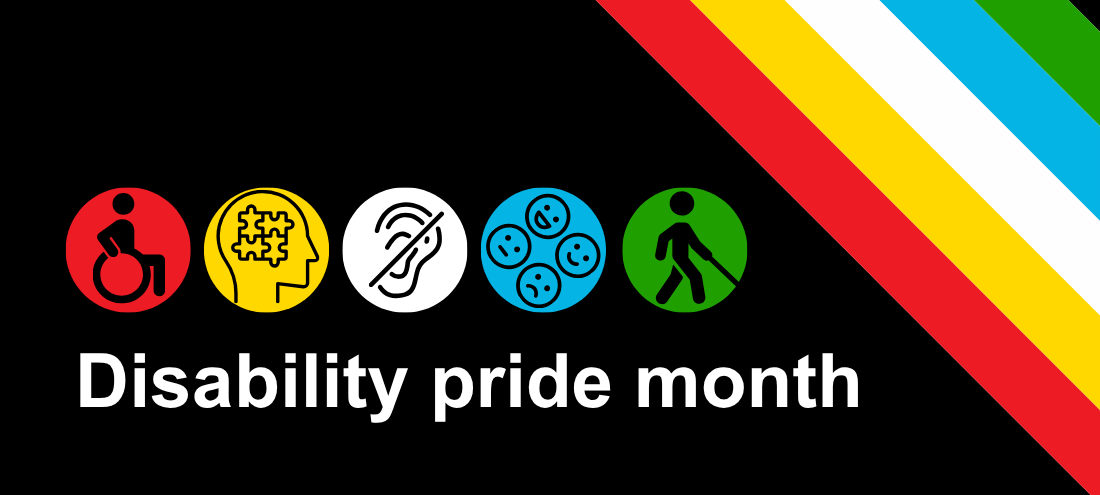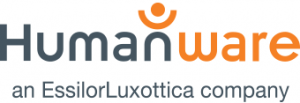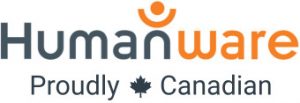
Every July, Disability Pride Month offers an opportunity to reflect on the achievements, struggles, and diversity of people with disabilities. Though still gaining recognition in some parts of the world, this month has become an important time of visibility and celebration in both the United States and, increasingly, in Canada.
Where It All Began
Disability Pride Month traces its roots back to July 26, 1990, when the Americans with Disabilities Act (ADA) was signed into law in the United States. This landmark legislation prohibits discrimination based on disability and guarantees equal opportunities in areas such as employment, education, transportation, and public accommodations.
In the years that followed, many advocates and communities began using July as a time to celebrate disability pride. The first official Disability Pride Day took place in Boston in 1990, followed by more organized marches and celebrations in cities such as Chicago and New York. By 2015, the 25th anniversary of the ADA, Disability Pride Month had grown into a month-long celebration in many U.S. cities, featuring parades, festivals, and public education campaigns.
The core idea behind Disability Pride Month is to encourage people with disabilities to embrace their identities with pride and to challenge societal attitudes that treat disability as something to be hidden or overcome.
Growing Momentum in Canada
In Canada, Disability Pride Month does not yet have the same widespread national recognition as it does in the United States. However, momentum is growing. In 2023, Ontario introduced Bill 128, also known as the Disability Pride Month Act, which proposes officially recognizing July as Disability Pride Month in the province.
More broadly, Canadian organizations and advocates have been marking the month through community events, awareness campaigns, and educational initiatives. These efforts often connect with the goals of the Accessible Canada Act, a federal law aimed at achieving a barrier-free Canada by 2040.
Though Disability Pride Month in Canada is still evolving, many people and organizations use the month to highlight the achievements of people with disabilities and to push for greater accessibility and inclusion across the country.
The Meaning Behind Disability Pride
At its heart, Disability Pride Month is about shifting the narrative around disability. Instead of focusing on limitations or medical diagnoses, this month centers on identity, culture, and community. It encourages people with disabilities to take pride in their experiences and to advocate for a society where accessibility and inclusion are standard.
One of the most recognized symbols of the month is the Disability Pride Flag, designed by Ann Magill. Its bold colors represent the diversity of the disability community:
- Red symbolizes physical disabilities,
- Gold represents neurodiversity,
- White stands for invisible disabilities,
- Blue reflects psychiatric disabilities,
- Green signifies sensory disabilities.
The flag’s design also includes a zigzag stripe, representing the creative ways disabled people navigate barriers in everyday life.
Why It Matters
Disability Pride Month is more than just a celebration. It’s also a reminder that barriers—physical, social, and attitudinal—still exist. Many people with disabilities continue to face challenges in employment, education, and public spaces, even decades after landmark legislation such as the ADA or Canada’s accessibility laws.
For many, the month provides an opportunity for reflection, education, and connection. It’s a time to highlight the work of activists, creators, and innovators with disabilities, and to advocate for policies and practices that support full inclusion in society.
How Organizations Can Get Involved
Companies and organizations have an important role to play during Disability Pride Month. This could mean showcasing employees or partners with disabilities, sharing educational resources, or supporting accessibility-focused initiatives.
At HumanWare, this month aligns closely with our mission to promote accessibility through technology. Whether through highlighting the stories of people who use assistive devices or sharing tips on inclusive design, Disability Pride Month offers an opportunity to deepen our commitment to inclusion.
A Shared Celebration Across Borders
Though the U.S. and Canada have different histories and approaches to disability legislation, Disability Pride Month is a shared celebration of resilience, diversity, and community. It’s a reminder that accessibility and inclusion are not just legal obligations—they are essential to building a society where everyone can thrive.
Sources:
- The Arc: Why and How to Celebrate Disability Pride Month
- Supported Employment: Disability Pride Month in Canada
- CBS News: Disability Pride Month Explained
- American Bar Association: Celebrating Disability Pride Month
- Global News: Canada’s Growing Recognition of Disability Pride





